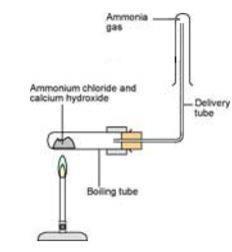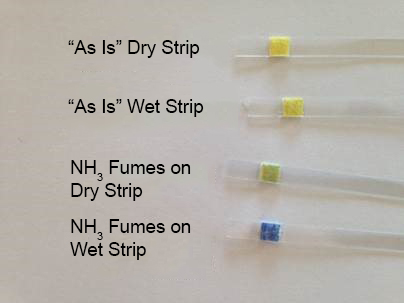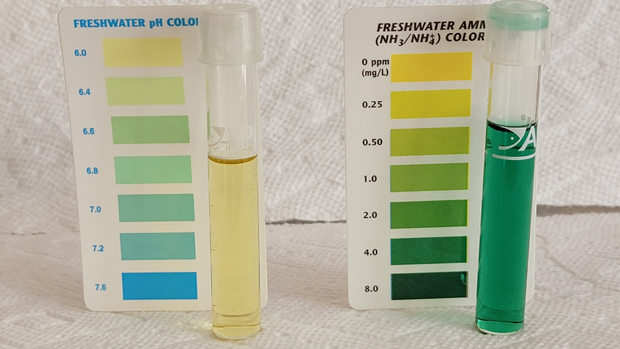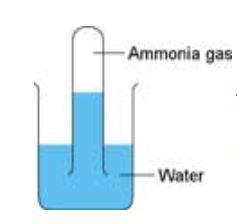Underrated Ideas Of Tips About How To Detect Ammonia

At the same time, this device can also.
How to detect ammonia. Ammonia has an unpleasant smell and is a basic gas (form an alkaline solution in the water). If you smell ammonia but don't hear an alarm, you can use either litmus paper or a sulfur stick to detect an. While ammonia’s distinctive smell makes it relatively easy to initially identify, accurate calibration is needed to ensure life safety.
You need to get it tested at a lab. How to detect ammonia in our food? Ammonia will turn red litmus to blue litmus.
Bromothymol blue is a ph indicator that can be used to detect ammonia based on the transformation of ammonium into ammonia, which diffuses to a receptor channel through. If you see the paper reacting to produce the pink color it confirm that ammonia is present but not yet at toxic levels. Ammonia gas detectors are the best tool to use and posses in order to notify of the presence of nh3 gas.
A healthcare provider will take a blood sample from a vein in your arm using a small needle and. It is usually detectable by smell at less than 5 ppm. Test papers need to be wetted so the ammonia will be absorbed by the.
The aquaculture detector developed and produced by science and technology can effectively detect ammonia nitrogen content in water. If exposure does occur, it is important to move away from the area in. Ir sensors employ infrared radiation ought discover the levels of ammonia.
Testing to evaluate ammonia levels requires a blood sample. Blood is drawn from a vein (venipuncture), usually from the inside of the elbow or the back of the hand. The ammonia test measures the level of ammonia in a blood sample.


















